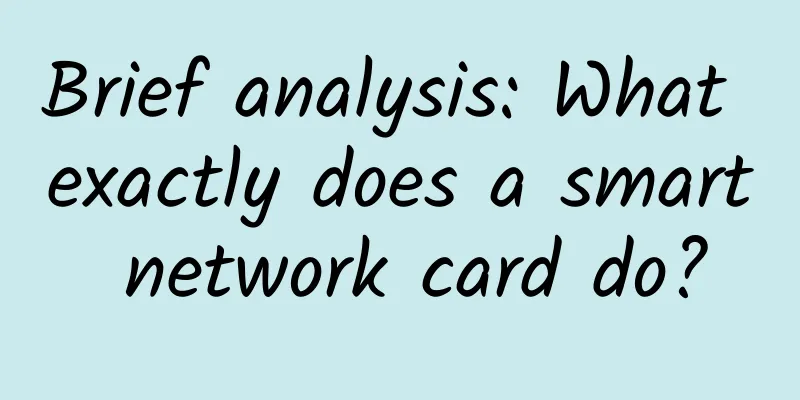BACnet protocol: building a communication bridge for intelligent buildings

|
In the field of intelligent buildings and automation systems, there is a protocol that is popular for its openness, reliability and ease of use, and that is the BACnet protocol. BACnet (Building Automation and Control Network) is a communication protocol designed for building automation and control. It provides a standardized framework for communication between various devices and systems in a building management system (BMS). What is BACnet Protocol?The BACnet protocol is an application layer protocol based on the Internet Protocol (IP) that allows seamless communication between different building automation devices and systems. These devices may include HVAC (heating, ventilation and air conditioning) systems, lighting controls, security systems, energy management, etc. The BACnet protocol defines a set of rules for information exchange between devices, including how devices introduce themselves, how to request and respond to data, and how to handle errors. Features of BACnet protocol
Application scenarios of BACnetBACnet protocol is widely used in intelligent buildings. It can be used for:
The BACnet protocol is an important milestone in the field of intelligent building automation. Its openness, standardization and ease of use provide building managers and system integrators with powerful tools to build a more intelligent, efficient and sustainable building environment. With the development of technology and the growth of market demand, BACnet will continue to play a key role in the field of intelligent buildings and drive the industry forward. |
<<: Why use MAC address when we have IP address?
>>: How to configure PoE switch settings with NVR?
Recommend
F5's 2022 State of Application Strategy Report identifies five trends in application modernization for the financial services industry
The "2022 Application Strategy Status Report...
my country leads the world in 5G construction, and innovation in application scenarios accelerates
The Ministry of Industry and Information Technolo...
Traefik Enterprise Practice: TraefikService
Introduction The routing rules of traefik can imp...
Empowering IDC infrastructure, can 5G achieve data transmission at the speed of light?
The fifth generation of cellular networks is gett...
Teach you how to distinguish between single-mode and multi-mode optical fibers
Single mode fiber Single-mode fiber has a thinner...
Huawei's Wu Hui: Join hands with partners to be the "bridge builders" and "road builders" of the intelligent era
Every generation has its own mission of transform...
Aoyou Hosting Hong Kong CN2 High Defense VPS Simple Test
In December last year, the tribe shared informati...
Detailed explanation with pictures and text: 12 mobile application design principles to improve user experience
【51CTO.com original article】 Today, with just the...
Weibu Online OneDNS helps the real estate industry with network security
If you are the only security manager of a real es...
Sharktech: 1Gbps unlimited traffic high-defense server starting at $49/month, 10Gbps unlimited traffic high-end server starting at $259/month
If you need a high-defense server or an unlimited...
By the end of 2016, my country had achieved 100% implementation of the real-name system for telephone users.
[51CTO.com original article] In recent years, spa...
Six predictions for the 5G market in 2020
2019 is the first year of 5G worldwide. More than...
Deep dive into the Kubernetes network model and network communication
Kubernetes defines a simple and consistent networ...
"Rehabilitate" the Ethernet all-optical network! China Construction Association publishes the first standardization document for smart park construction
"Smart Park" is not a new concept. In t...









